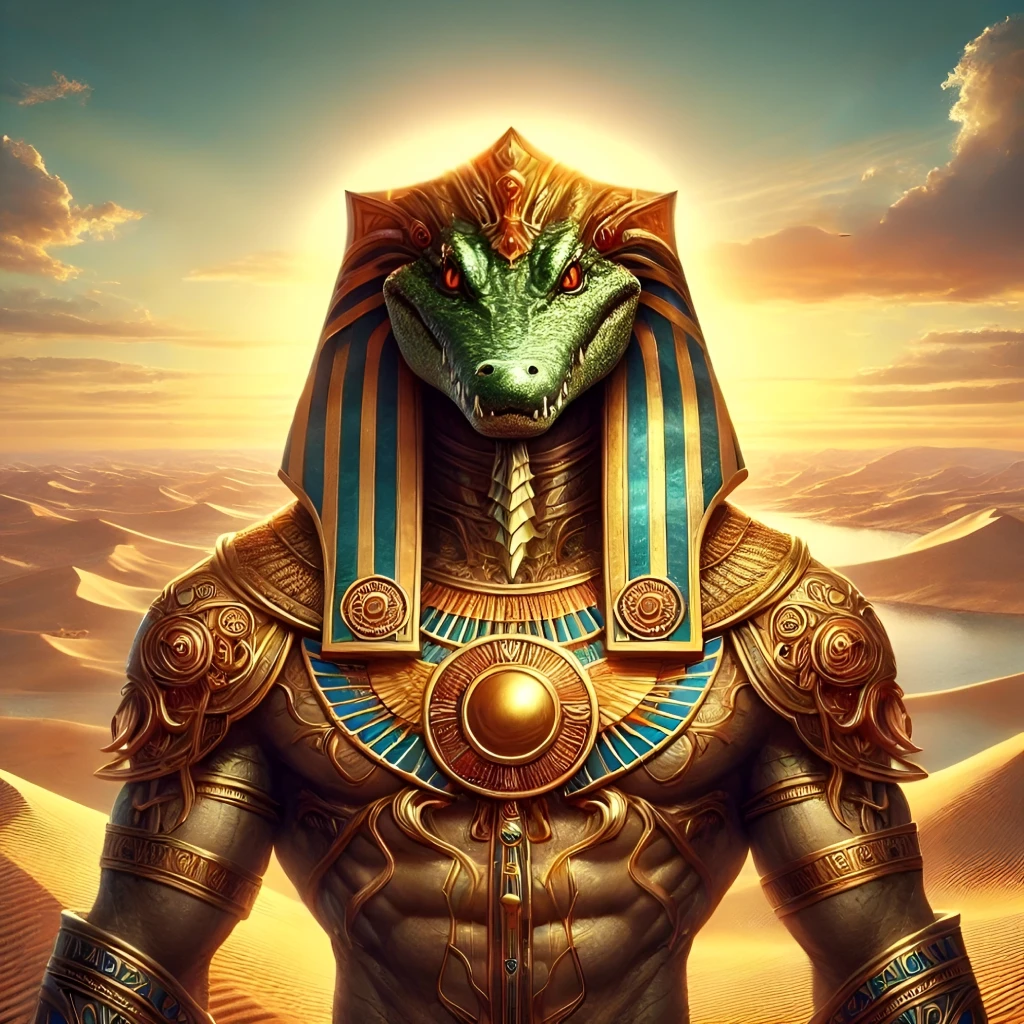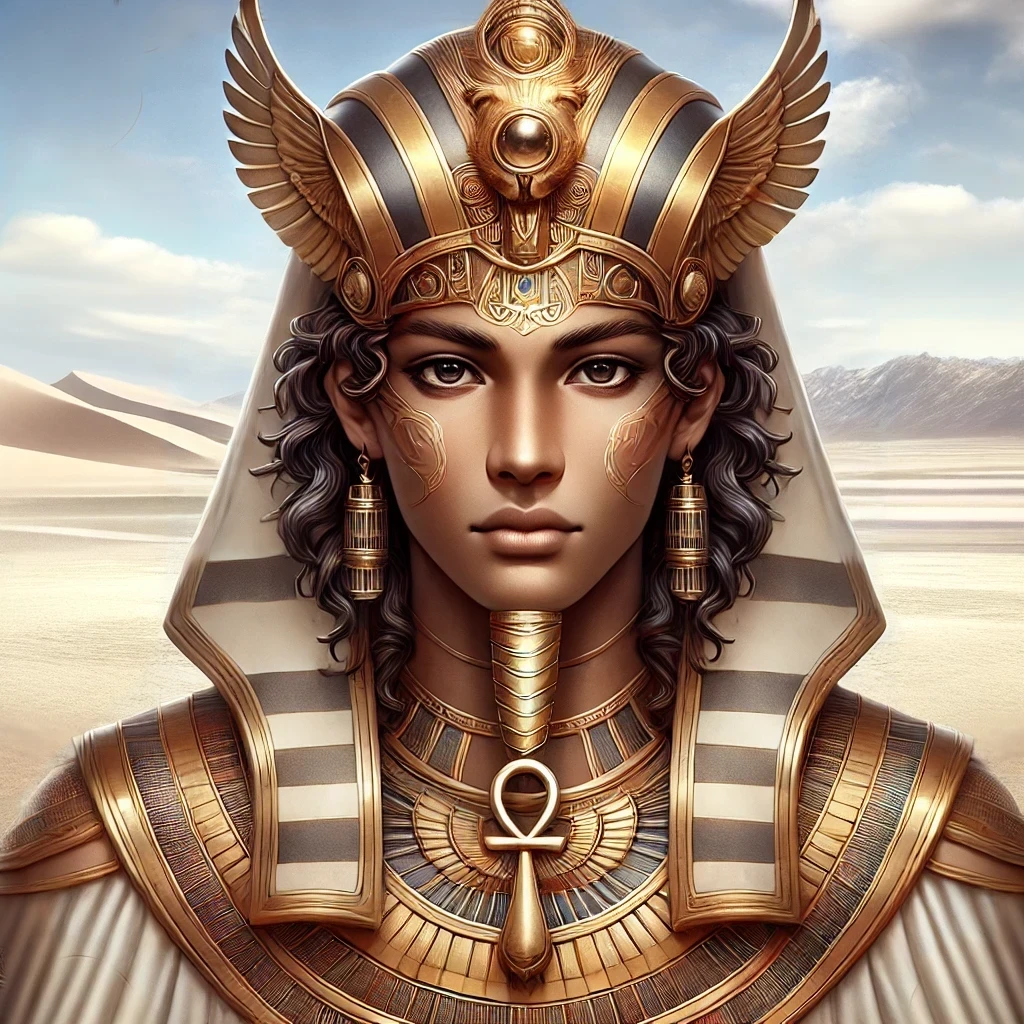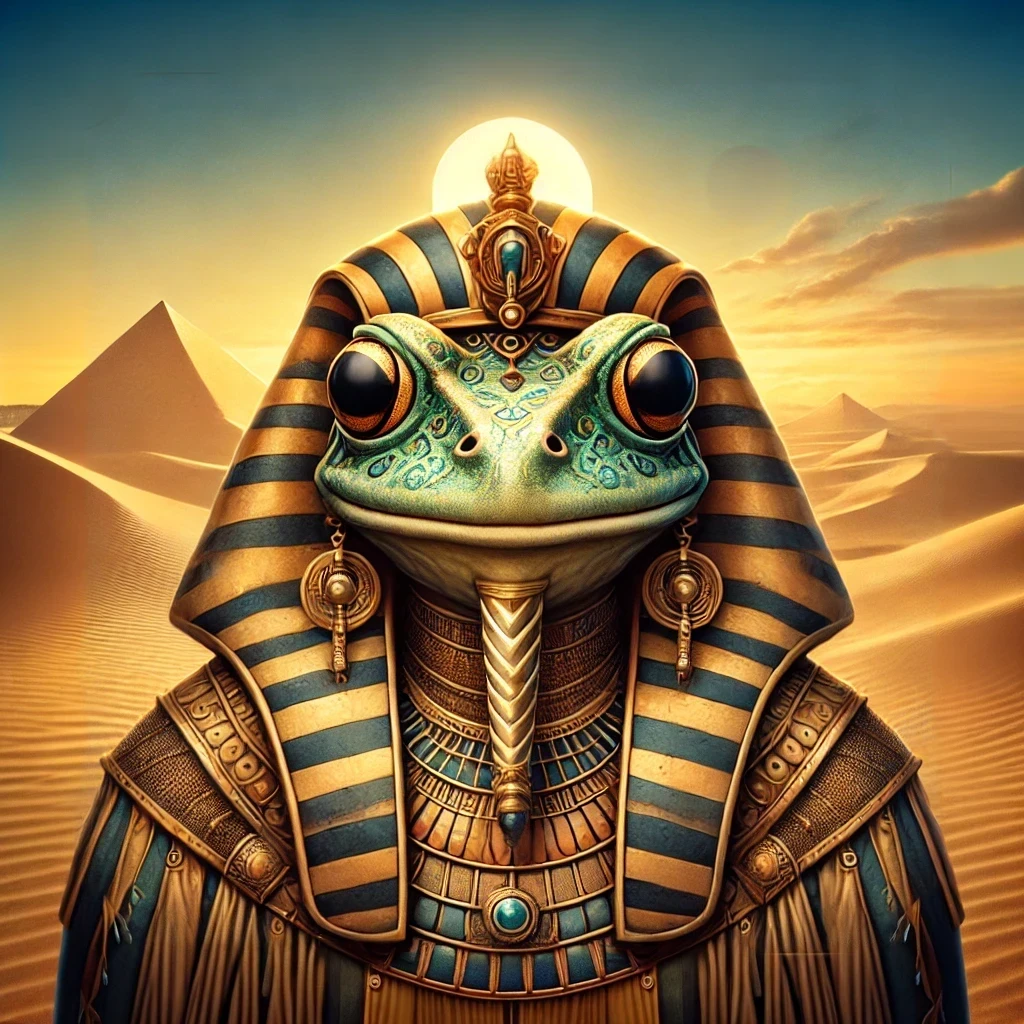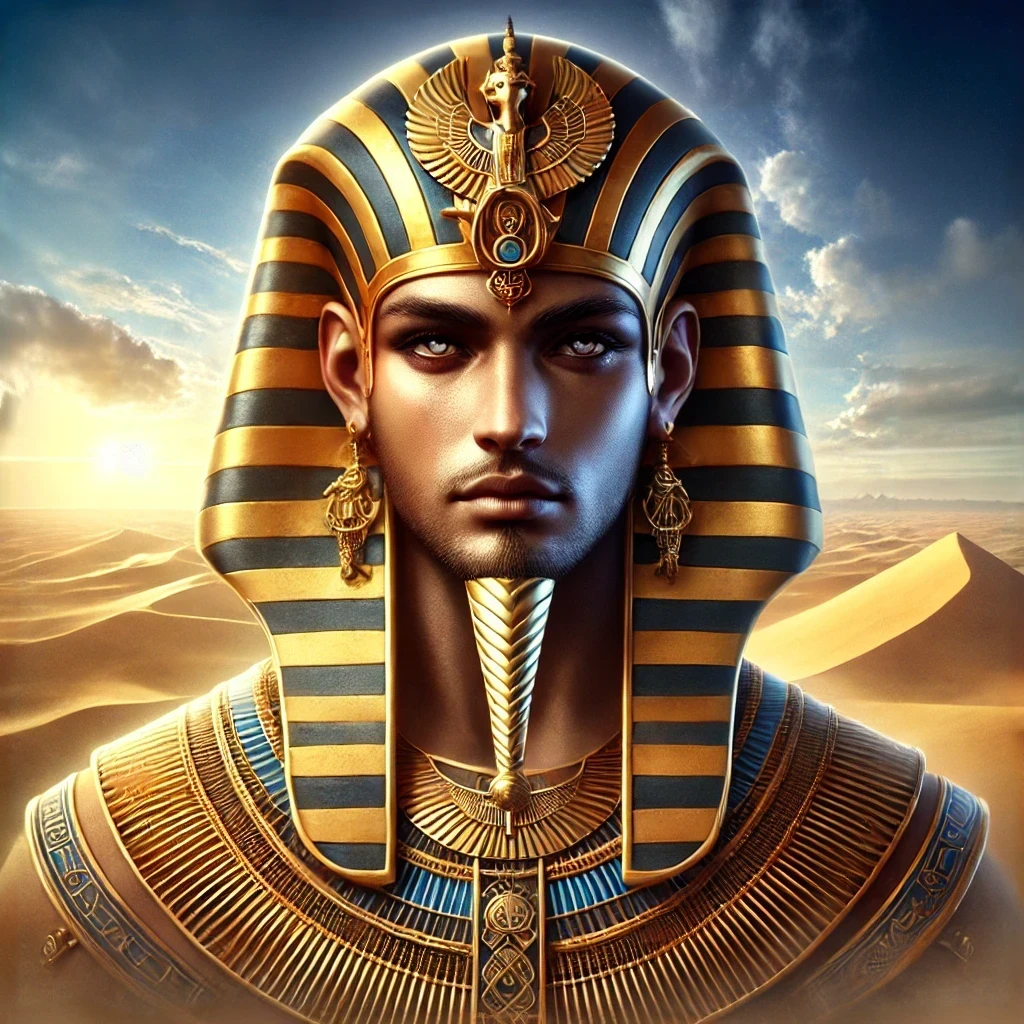Sobek, an ancient Egyptian deity, was revered as the god of the Nile, fertility, and protection. Known by epithets such as “Lord of the Waters” and “The Crocodile God,” his name derives from the Egyptian word sbk, meaning “to impregnate,” symbolizing his association with creation and fertility. Alternative names included Sebek, Sobk, and Suchos in Greek texts. Worship of this deity spanned centuries, with his cult flourishing during the Middle Kingdom and extending well into the Roman period.

Origins
The origins are deeply rooted in the cultural and environmental tapestry of ancient Egypt, where the Nile River was both a lifeline and a formidable force. Crocodiles, inhabitants of this mighty river, were simultaneously feared and respected, embodying the unpredictability of the waters.
Evolution of Worship
The earliest mentions date back to the Old Kingdom (circa 2686–2181 BCE), where he was primarily worshiped in the Faiyum region. This area, with its abundant waterways and crocodile population, was central to his veneration. Over time, the worship spread across Egypt, reflecting growing significance in both local and national contexts.
Integration with the Solar Cult
During the Middle Kingdom (circa 2055–1650 BCE), the deity’s role expanded as he became associated with Ra, the sun god. This integration elevated his status, portraying him as a solar deity embodying strength and creative energy.
Appearance
The striking imagery underscores the deity’s dual nature—ferocious yet protective, divine yet grounded in the physical world.
Crocodilian Features
He is most famously depicted with the head of a crocodile, symbolizing the connection to the Nile and its apex predators. This form embodies raw power and the awe inspired in those who revered him.
Regal Adornments
In anthropomorphic depictions, he often wears a headdress featuring the solar disk and ostrich plumes, emphasizing ties to Ra and divine authority. Additionally, his regalia may include the ankh and was scepter, symbols of life and dominion.

Abilities
The powers highlight his role as a protector, a creator, and a master of the waters.
Protector of the Nile
He was believed to control the Nile’s waters, ensuring its annual inundation that brought fertility to the land. His dominion over the river made him a guardian against its dangers, including crocodile attacks.
Fertility and Rebirth
As a god of fertility, he was associated with procreation and the renewal of life. His presence in funerary texts often signifies protection and guidance in the afterlife.
Myths
The role in Egyptian mythology provides fascinating insights into character and importance.
The Creation Myth
In one tale, he is credited with creating the world from the chaotic waters of Nun. His emergence from these primordial waters represents the birth of order and life.
Sobek and Horus
He is sometimes portrayed as an ally of Horus, the falcon-headed god of kingship. In this context, he aids Horus in his battle against Set, reflecting protective nature and loyalty to Ma’at (cosmic order).

Symbolism
Sobek’s symbolism is rich and multifaceted, encapsulating the paradoxes of life and nature.
Power and Ferocity
The crocodilian aspects symbolize unbridled strength and dominance, qualities both revered and feared in ancient Egypt.
Renewal and Fertility
As a god of the Nile, he embodies the river’s life-giving properties, symbolizing renewal and abundance.
Sacred Animals
Crocodiles, particularly those mummified and kept in temples, were seen as living embodiments. The Faiyum region’s Crocodilopolis housed sacred crocodiles adorned with gold and jewels.
Sacred Plants
Papyrus, abundant in the Nile’s wetlands, is often associated due to its connection to water and fertility.
Minerals
Green stones, such as malachite, symbolizing regeneration and growth, were linked to creative aspects.
Relationships
Connections to other gods and beings highlight multifaceted nature and integration into Egyptian cosmology.
Sobek and Ra
As the solar deity, he embodies the union of strength and creative energy, reflecting dual roles as a protector and life-giver.
Sobek and Isis
In some myths, he aids Isis in protecting her son Horus, further emphasizing role as a guardian.
Trivia
- Temple Complexes: The Kom Ombo Temple, dedicated to both Sobek and Horus, uniquely reflects his dual nature as both a nurturing and fearsome deity.
- Sobek’s Priests: Priests of Sobek often lived near crocodile-infested waters and performed rituals to appease the god and the animals.
- Royal Titles: Egyptian pharaohs adopted titles such as “The Living Manifestation of Sobek” to align themselves with the god’s strength and fertility.
- Crocodile Mummies: Thousands of crocodile mummies have been discovered in Egypt, highlighting the reverence Sobek inspired.
- Modern Influence: Sobek continues to captivate imaginations today, appearing in popular media and inspiring discussions about humanity’s relationship with nature.



